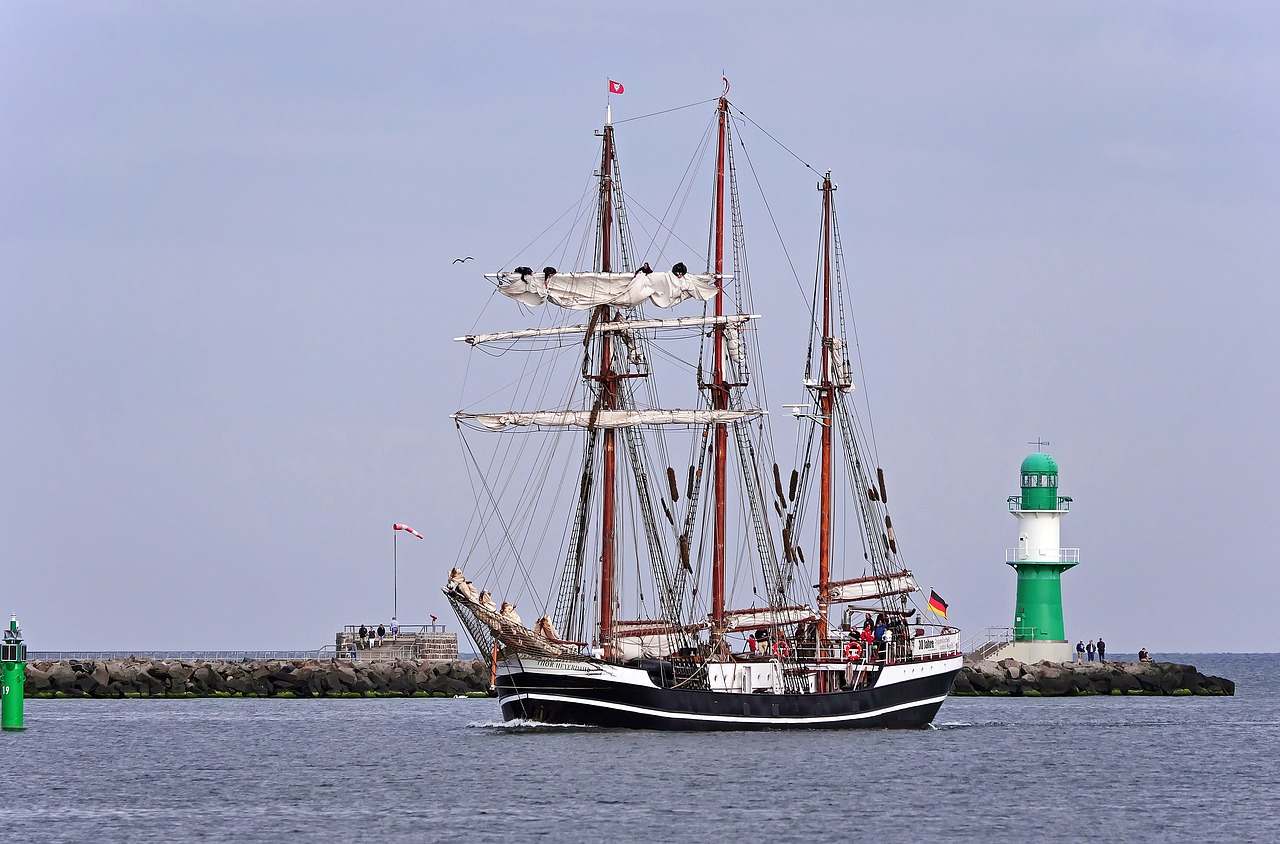The Mighty Thor: Norse God of Thunder
Overview
Thor stands as a symbol of strength and masculine prowess, reigning as one of the mightiest deities in Norse mythology. Known as the son of Odin, the “All-Father,” Thor belonged to the Aesir class of gods. He had authority over storms, rain, and lightning, which made him a significant figure amongst the deities. His robust character was further emphasized by his renowned prowess in battles and his legendary hammer, Mjölnir. With distinct red hair and a beard, Thor also had associations with fertility, given his notable aptitude for procreation. In various encounters, whenever threats emerged, the gods frequently summoned Thor to restore order.
depiction in art, like Mårten Eskil Winge’s “Thor’s Fight with the Giants” (1872), showcases Thor wielding Mjölnir from his chariot drawn by his two goats, Tanngrisnir and Tanngnjóstr. Recognized as an ancient deity, Thor’s legacy can be traced back to the first century CE with Roman references that likened him to Jupiter. His imagery and the hammer were prevalent in archaeological finds throughout Northern Europe, as his worship flourished particularly during the Viking Age (approximately 800 to 1100 CE).
Etymology
The name “Thor,” derived from Old Norse as Þórr and from Old Saxon as thunar, translates directly to “thunder,” highlighting his dominion over it. Upon the adoption of the Roman calendar by Germanic tribes, “dies Iovis,” or “the day of Jupiter,” was replaced with Þonares dagaz, ultimately evolving into the modern “Thursday.” Thor’s many titles include Atli (“the terrible”), Björn (“the bear”), and Vingthor (“the thunder hurler”).
Attributes
Thor’s formidable character was defined by immense courage, strength, and an insatiable desire for combat. His magical belt, Megingjörd, enhanced his already considerable might, while Mjölnir, the legendary hammer, was his primary weapon forged by dwarves. Not only did Mjölnir signify destruction, but it also had the power to bring the dead back to life under certain conditions. To wield the hammer, Thor adorned iron gloves called Járngreipr. Alongside these items, he possessed a seldom-used staff known as Grídarvölr.
Thor relied on his two attendants, Thjálfi and Röskva, while traversing the skies in a chariot pulled by his goats, who he would feast upon only to magically restore them with Mjölnir.
Thor’s residence was the grand hall, Bilskirnir, situated in the expansive realm of Þrúðvangr in Asgard, said to contain five hundred and forty rooms.
Family
The illustrious Thor was born to Odin, the chief of the gods, and Jord, represented as “earth,” as well as several other names signifying her giant lineage. This mixed heritage added an intriguing dimension to Thor’s often aggressive stance against giants. Thor’s notable brothers also included the beloved Baldur and Vidarr, among others.
As an adult, Thor wed Sif, a goddess linked to faith and fertility, with whom he had a daughter named Thudr. Concurrently, Thor engaged in relationships with numerous women, including the jötunn Járnsaxa, with whom he had a son named Magni.
Mythology
In Norse tales, Thor is characterized by an abundance of daring acts, including battling fearsome creatures and embarking on remarkable journeys.
Origins
Norse myths largely omit early life details of deities, portraying Thor as a fully realized god with vast powers. Early references to him appear in Roman literature, where he’s equated with Jupiter, emphasizing Thor’s qualities as a thunder god—similarities can also be observed with other Indo-European deities.
Mjölnir, the Hammer of Thor
The enchanting narrative of Thor acquiring his hammer is detailed in the Prose Edda by Snorri Sturluson, beginning with Loki’s impish act of severing Sif’s golden locks, which invoked Thor’s furious wrath. Loki’s attempt to make amends leads him to the dwelling of the dwarves, where legendary craftsmen create Mjölnir along with other magical artifacts. Only a god of Thor’s caliber could master Mjölnir’s formidable weight.
Thor, the Crossdresser
One of Thor’s more humorous escapades involves the theft of Mjölnir by Thrym, the jötunn king, who demanded Freya’s hand in marriage for its return. To reclaim the hammer, Thor, along with Loki, adopts female garb. This comedic yet thrilling adventure illustrates Thor’s comedic side, leading to a violent resolution upon recovering Mjölnir.
Thor, the Jötunn Hunter
Thor’s narrative continues with battles against the jötnar. One such tale features a confrontation with Hrungnir, which begins with the giant’s boastful ambitions to conquer Asgard, prompting Thor’s intervention. Following a battle that underscores Thor’s raw strength, his victory is enveloped in a lore that speaks of cursing and injuries.
Jörmungandr, the Nemesis
Among Thor’s adversaries, none rivaled the colossal Jörmungandr, the Midgard serpent. Their encounters, notably during Thor’s quest for a colossal cauldron, highlight their perpetual conflict. The legendary finale awaits at Ragnarök, where they are prophesied to clash, resulting in Thor’s eventual demise despite his triumphant defeat of the serpent.
Pop Culture
Thor’s legendary status has persisted through the ages, from folklore in Scandinavia to his place in modern pop culture. His appeal surged during the 19th century as Norse mythology was embraced within nationalistic movements. The 20th century saw Thor gain new dimensions through comic adaptations, most notably within the Marvel franchise. While artistic interpretations varied from historical depictions, his essence as a bravado figure persists, signifying the timeless nature of the thunder god.



